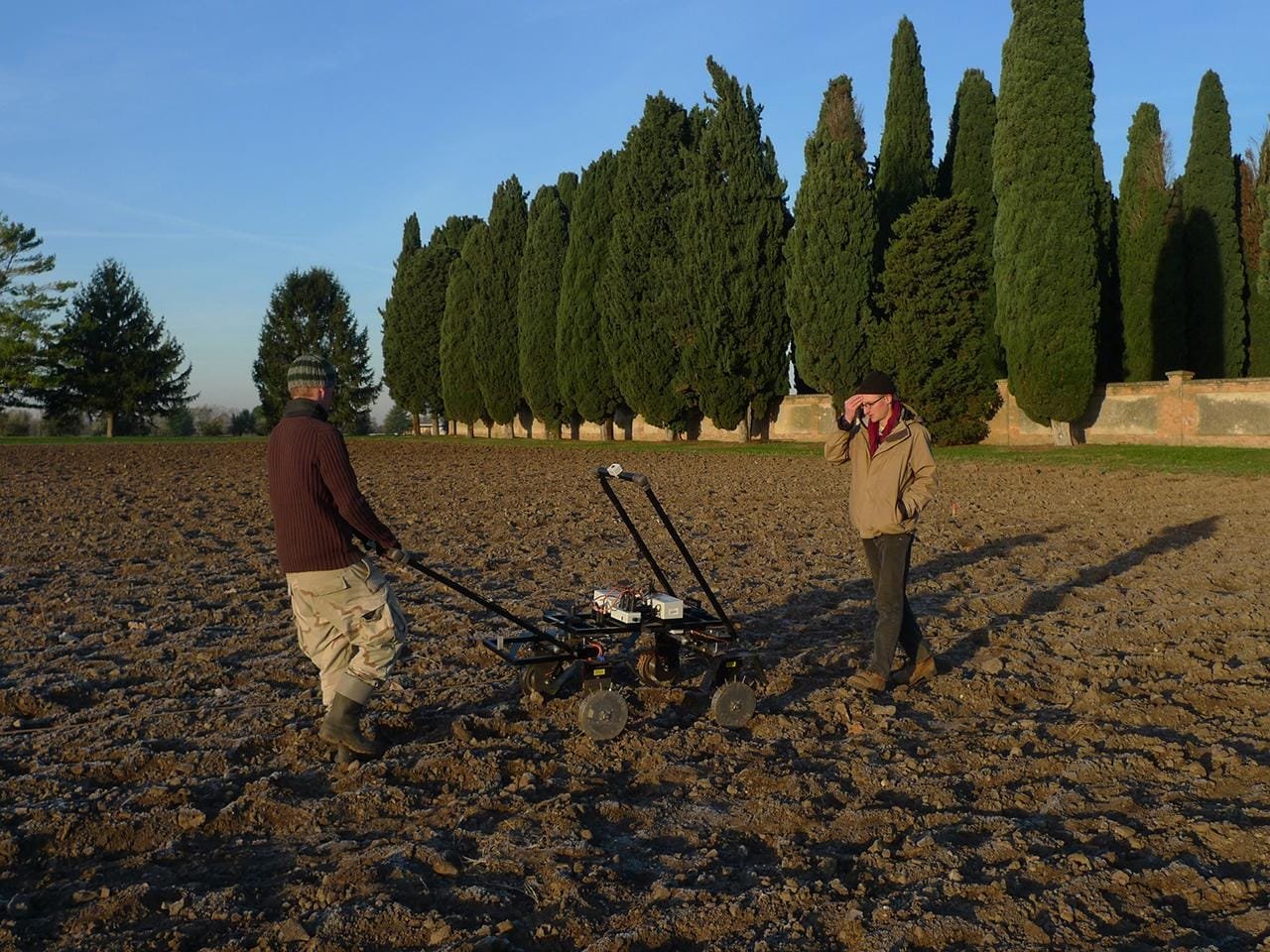Archaeologists from the Austrian Archaeological Insтιтute of the Austrian Academy of Sciences (ÖAW) have uncovered a remarkable early Christian basilica in Aquileia, Italy. This discovery is the first large-scale architectural find in the ancient Roman city in decades.
 The forum of Aquileia. Credit: OeAW-OeAI
The forum of Aquileia. Credit: OeAW-OeAI
Located in the northeastern Italian province of Udine, Aquileia was established in 181 BCE as a Roman military colony and became a key economic and strategic hub at the crossroads of the Amber Road and the route to Noricum, present-day Austria. Although centuries of destruction from invasions, earthquakes, and natural decay have left few visible remnants of its Roman past, Aquileia remains a UNESCO World Heritage Site, often regarded as Italy’s largest unexcavated Roman city.
Recent excavations west of Aquileia, near the ancient Via Annia trade route, have revealed the remains of a Byzantine-style basilica. The initial structure, dated to the 4th century CE, was expanded in the 6th century under Emperor Justinian I into a three-aisled transept basilica with three apses. The basilica’s southeast orientation towards Constantinople and Jerusalem reflects its spiritual and political significance, according to lead archaeologist Stefan Groh of ÖAW.
“This basilica is the first newly discovered large building in decades of intensive archaeological research in Aquileia,” Groh stated. “Its architecture exhibits striking parallels with examples from the Eastern Roman Empire, from Egypt to the Balkans and now to the Upper Adriatic.”
 The location of the newly discovered church on the city map of Aquileia. Credit: OeAW-OeAI
The location of the newly discovered church on the city map of Aquileia. Credit: OeAW-OeAI
Groh noted that similar transept basilicas can be found in Bethlehem, southwestern Turkey, and Durrës, Albania, underscoring Aquileia’s connection to the Eastern Roman architectural tradition.
The basilica’s construction coincided with Justinian I’s efforts to reclaim Italy from the Arian Goths. Groh explained, “This monumental building likely symbolizes the reconquest of Northern Italy by Justinian I. Its scale and design suggest it was part of a broader Byzantine construction program, which also included fortifying Aquileia with zigzag walls, comparable to those in Thessaloniki.”
 Geophysical measurements in the area of the newly discovered church. Credit: OeAW-OeAI
Geophysical measurements in the area of the newly discovered church. Credit: OeAW-OeAI
The discovery highlights the role of religious architecture in Justinian’s geopolitical strategy, serving both as a statement of imperial power and a reflection of Aquileia’s integration into the Byzantine sphere.
Source: Austrian Archaeological Insтιтute of the Austrian Academy of Sciences





